Table of Contents
PRACTICING PHENOLOGY
Phenology may be the world’s oldest environmental science. Farmers – in the days before weather satellites, thermometers, and calendars – got the agricultural go-ahead from homespun phenology: it was time to plant the corn when the oak leaves were the size of squirrels’ ears, spinach when the lilacs leafed, and potatoes when the dandelions bloomed. Carolus Linnaeus, Thomas Jefferson, Henry David Thoreau and Aldo Leopold were all phenologists, careful recorders of annual seasonal happenings.
| The “Father of Phenology” is generally said to be 18th-century British landowner Robert Marsham who recorded 27 annual “Indications of Spring” over a period of sixty years. Learn more about him at the Robert Marsham Tricentenary website. | |
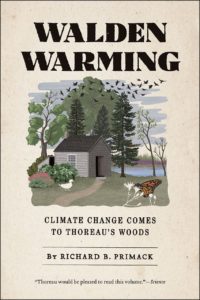
|
Walden Warming is an online account of how researchers at Boston University used Henry David Thoreau’s 19th-century phenological notes to document modern-day climate change.
Also see Richard B. Primack’s Walden Warming: Climate Change Comes to Thoreau’s Woods (University of Chicago Press, 2015). For teens and adults. |
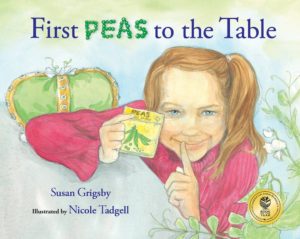
|
When do the first peas ripen? Susan Grigsby’s picture book First Peas to the Table (Albert Whitman & Company, 2012) is the story of a school garden competition based on the “First Peas to Table” contest Thomas Jefferson and his neighbors held each spring. For ages 5-9. |
| Windows to the Universe has information on the science and history of phenology, the importance of phenology today, and how scientists now study phenology using data from satellites. | |
| The Earth Partnership for Schools program from the University of Wisconsin-Madison Arboretum has a downloadable phenology curriculum, adaptable for grades K-12. Among the activities: play a birthday phenology game and maintain a “wheelscape” phenological calendar. | |
| The USA National Phenological Network sponsors a national plant and animal phenology observation program called “Nature’s Notebook.” Also available at the site are teaching resources, an informational database, and (click on “Participate”) a long list of citizen-science observation programs for all ages, among them Firefly Watch, Foliage Network, FrogWatch USA, Monarch Watch, Project BudBurst, the Great Goldenrod Challenge, and the Great Sunflower Project. | |
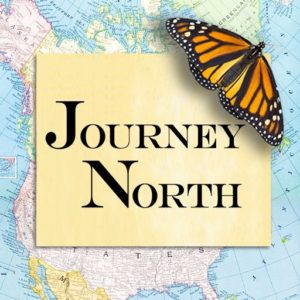 |
Journey North is a global study of wildlife migration and seasonal change in which citizen scientists report observations on robins, hummingbirds, and butterflies, plant test tulip gardens, and more. Included at the site are teaching tools, activities for kids, and season-tracking maps. |
 |
Budburst a citizen-science program for all ages in which participants report on budding times of local plants. The website has background information on phenology, plus curricula, lesson plans, and activities. |
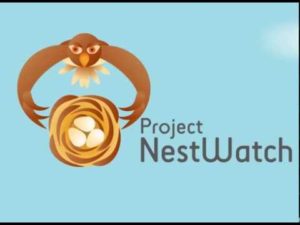 |
From the Cornell Labororatory of Ornithology in Ithaca, NY, NestWatch is a citizen-scientist project in which participants monitor nesting birds. The site has background information, instructions, and an online nesting database. |
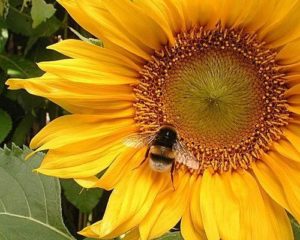 |
At the Backyard Bee Count (and Great Sunflower Project), participants plant pollinator-friendly plants (sunflowers, bee balm, cosmos, tickseed, purple coneflower) in their yards or gardens and monitor the number of visiting pollinators. The site has teaching resources and lesson plans, a discussion forum, and online data. |
| At the Environmental Education for Kids (acronym: EEK!) website, click on “Nature Notes” for a month-to-month list of phenological events to observe and report. | |
| From the Minnesota Department of Natural Resources, Nature’s Calendar is a season-by-season list of natural events to monitor, with background information on phenology and examples of notebook entries. Included at the site is a teacher’s guide. |
